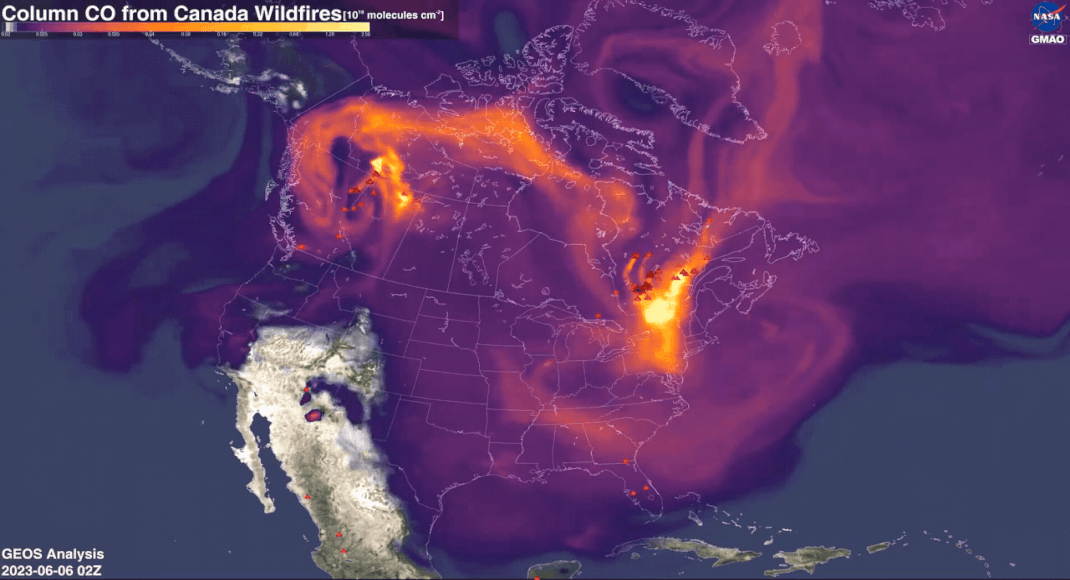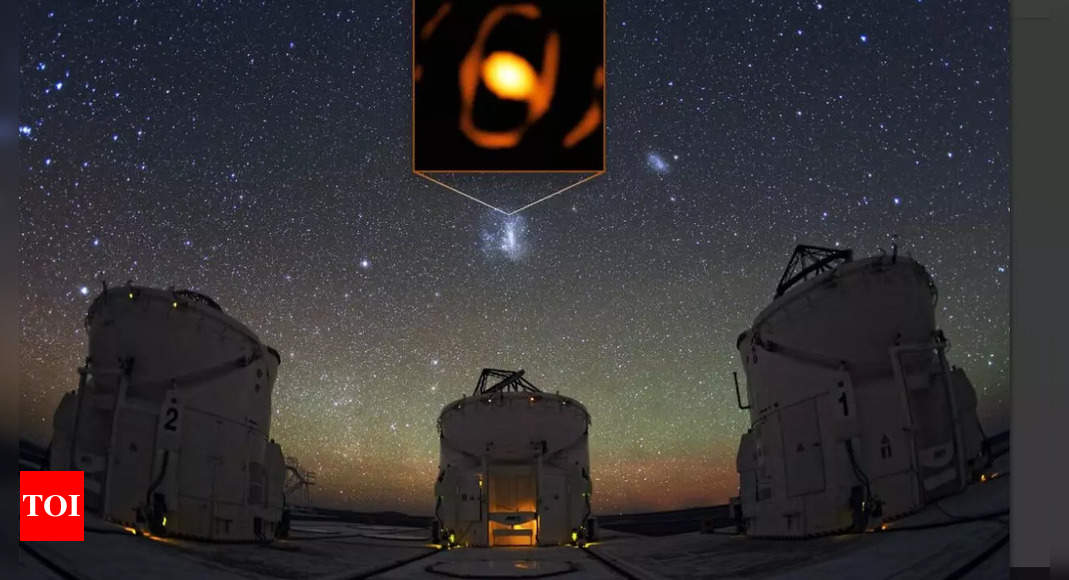
The research, funded by Nasa as part of its mission to understand our changing planet, analyzed the fires that burned an area the size of North Dakota from May to September 2023.The findings highlighted that the Canadian fires released more carbon in five months than Russia or Japan did from fossil fuels in all of 2022, which amounted to about 480 million and 291 million metric tons, respectively.
The carbon released by the Canadian fires over five months surpassed the annual fossil fuel emissions of large nations like Russia (480 million metric tons) and Japan (291 million metric tons) in 2022. However, the scientists emphasized that while both wildfires and fossil fuel combustion cause immediate warming, the carbon emitted from fires will be reabsorbed by Earth’s ecosystems as the forest regrows, unlike the CO2 from burning fossil fuels, which is not readily offset by natural processes.
The scientists used data from the TROPOspheric Monitoring Instrument (TROPOMI), designed by the European Space Agency (ESA) to measure air pollution, to estimate the carbon monoxide (CO) in the atmosphere during the fire season. They then “back-calculated” the emissions required to produce that amount of CO and estimated the CO2 released based on ratios between the two gases in the fire plumes. Brendan Byrne, a JPL scientist and lead author of the study said, “What we found was that the fire emissions were bigger than anything in the record for Canada.”
The study attributed the intensity of Canada’s 2023 fire season to the warmest and driest conditions across its forests since at least 1980. Temperatures in the northwest region, where 61% of fire emissions occurred, were more than 4.5 degrees Fahrenheit (2.6 degrees Celsius) above average from May through September, and precipitation was more than 3 inches (8 centimeters) below average for much of the year. These conditions, along with other factors such as extended drought, past fire management strategies, invasive species, and the spread of residential communities into less developed areas, contributed to the increased number, severity, and overall size of wildfires in recent decades.
The fires in 2023 were not only enormous in size but also unusually widespread, burning approximately 18 million hectares of forest from British Columbia to Quebec and the Atlantic provinces. The area of land that burned was more than eight times the 40-year average and accounted for 5% of Canadian forests. Byrne cautioned, “Some climate models project that the temperatures we experienced last year will become the norm by the 2050s. The warming, coupled with lack of moisture, is likely to trigger fire activity in the future.”
The potential impact of events like the 2023 Canadian forest fires on global climate is significant, as Canada’s vast forests are one of the planet’s important carbon sinks, absorbing more CO2 from the atmosphere than they release. The scientists noted that it remains uncertain whether Canadian forests will continue to absorb carbon at a rapid rate or if increasing fire activity could offset some of the uptake, reducing the forests’ capacity to mitigate climate warming.









